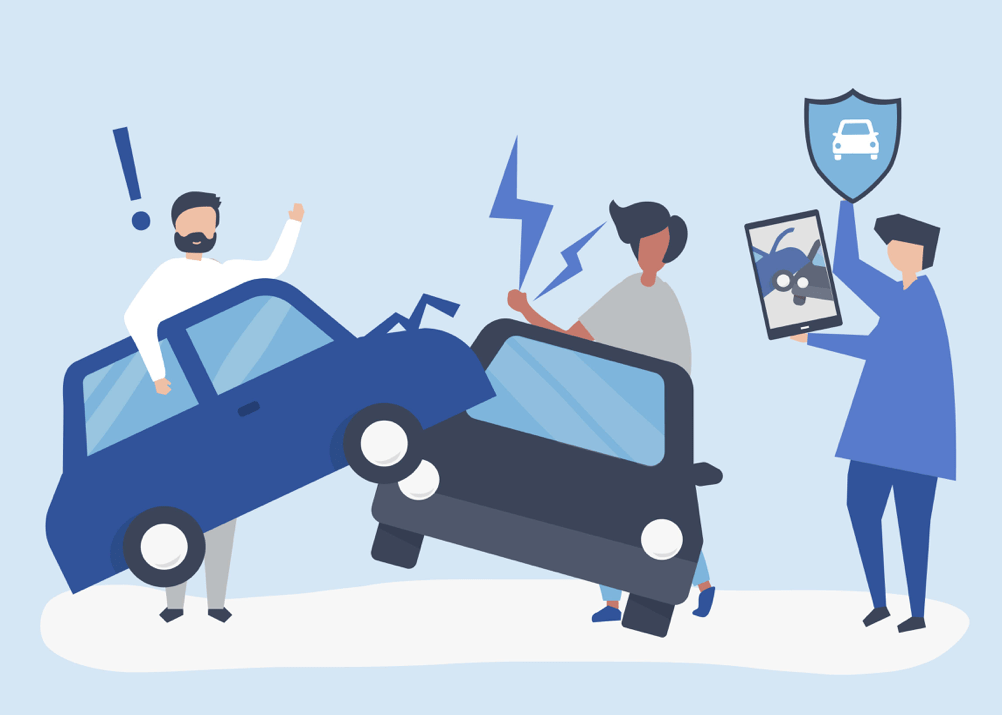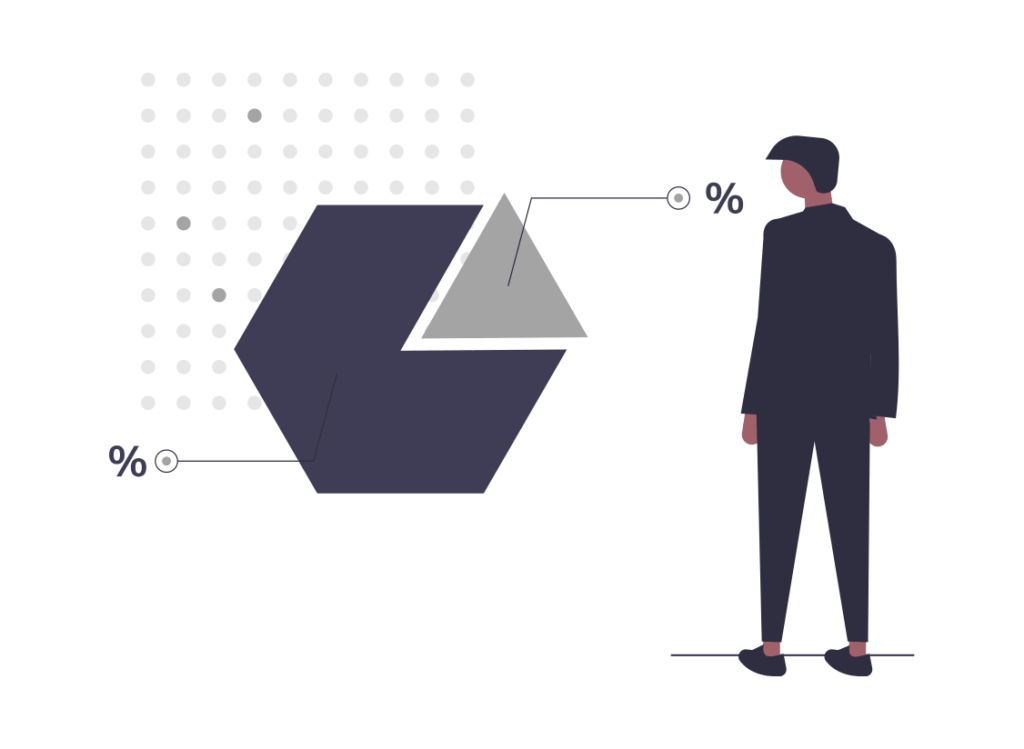Allied Market Research recently published data pointing at a 34% CAGR in the usage-based insurance (UBI) market between 2016 and 2020. Such a rapid expansion would be nearly impossible without some form of collaboration between automobile manufacturers, insurers, and telematics technology platforms.
Understanding how the three have collaborated across the globe in various pilot projects and initiatives can highlight critical insights, frameworks, and guidelines for other insurers contemplating the launch of a UBI product. While there have been several prominent collaborations across the UBI value-chain in different segments, here are some of the notable collaborative projects which have yield positive results for the involved entities:
1. Using Driver Behavior as a Metric for Market Segmentation
The Floow UK, a telematics developer, produced research showing the inherent demand among the insurers for driver behavior data. Over 32% of insurers were seeking access to such specific datasets to understand the underlying risk profiles of drivers and tailor the insurance profiles in-line with these risks.
Driver behavior attributes like hard braking, sharp turns, relative speeding, and acceleration are considered key in gaining insights. More comprehensive platforms like Kruzr can gauge other impacting attributes like fatigue and distracted driving as well.
Conventionally, actuarial models have been the key mechanism to gauge the risk attributes for insurance applicants. Checking whether the risk is accurately priced or not is an altogether different discussion. Still, when the risks are not accurately priced, it can drive the consumer away and result in the loss of potential revenues.
Given the fall in profits from the non-investing side of the business and highly concentrated revenues in the market, it is apparent that most auto insurers cannot afford to let potential revenues slip away with mispriced risks. Hence, the primary level of adoption is coming to segment the market beyond the actuarial models. Instead of using just the demographic data, geographic data, car’s details, and credit scores, insurers are seeking telematics data that helps them understand the risks associated directly with the driver’s behavioral attributes.
Companies like Root Insurance have shifted their entire insurance risk pricing model to gauging driver behavior. The company offers insurance premium estimates in under a minute and offers annual savings of up to $900. Other than that, the company has worked extensively on ensuring the claiming process is simple and paperless.
2. Exploring New Revenue Streams with Data Marketplaces
Data Marketplaces are already existing in capital markets services that use alternative data and marketing communications services where email databases are frequently used for sending out mass emails.
McKinsey forecasted $1.5 trillion in incremental revenue pools for the entire automotive industry with the help of connected cars. Telematics and the platforms using them will be a major component in this revenue growth.
Automobile manufacturers seek additional revenues by adding data-capturing capabilities to their vehicles right from the point of manufacturing. Ford Commercial Solutions, a division of the Ford Motor Company, recently announced its data services launch. The company has started installing modems into its commercial vehicles. Data on vehicle health, driver behavior, GPS, mileage, and fuel usage is collected by the modems and uploaded directly on a cloud platform, engineered and maintained by Ford.
The same data is then made accessible as an on-demand service to telematics companies and fleet owners who either use it for direct analytics or enrich their product offerings.
The insurers might be on the buying side of data if they are not already running UBI programs independent of modems and black-boxes pre-installed by automobile manufacturers. Insurers, who possess the consent from consumers, might monetize that data by making it available to advertisers.
Kruzr collects a wide range of data-points such as hard braking, acceleration, speeding, sharp turns, drowsy behavior, and fatigue. This data is then augmented with GPS, traffic, and road conditions data. The insurers and automobile manufacturers who want to use this data can serve as an additional line of revenue, with advertisers and other industry incumbents acting as the key buyers.
3. Telematics for Product Development and Features Outside Insurance
As per a Frost & Sullivan report, the number of connected cars with embedded telematics has been projected to grow by nearly 3x between 2018 and 2025. While the apparent application of this data would be in the form of usage-based insurance products, the same data is being leveraged for other use cases.
The telematics data available with Hyundai Ioniq and Kia Niro provides drivers with real-time information on charging information, nearby stations, and chargers’ availability. Honda has taken this a step ahead with its SmartCharge Beta Program. The program uses telematics data, and the data pulled from the city’s grid to direct the drivers for charging their cars when the power demand is low in the city. This helps the city’s power grid maintain a consistent power supply instead of working with sub-optimal calibrations made for fluctuating demand. It helps the drivers get quick access to already available power, which other consumers cannot use.
Kruzr SDK has been optimized to provide white-label solutions that let the automobile brand take the center-stage. The data availability, navigation, weather data, and traffic congestion insights are already aggregated to calculate real-time risk. Adding more geospatial data for expanding the use-cases is an easy integration possible with the platform.
4. Creating a Trust-Based System and Accelerated Claims Processing
Ping An, one of the largest automobile insurance companies globally, has an internal team focusing on the applications of AI and how it can be used in conjunction with telematics data to provide better auto insurance products.
The company has recently deployed two key offerings. The first one focuses entirely on gauging the driver’s behavioral attributes. The driver is given an individual scoring in terms of trust quota, using big data and AI. This trust quota is used in streamlining self-help insurance claims.
The second offering focuses on expediting the self-help process. Right after an accident, the customer is asked to click photos of the car, enter the amount of the repairs and the damage incurred. Then, using the trust-quota to weigh the sincerity of the claim along with deep learning and visual computing, the Ping An app determines the extent of covered damages. The system closes the process in 3 minutes between clicking photos and deciding on the claim application.
In Conclusion
Telematics should be looked at as a strategic initiative that can expand into new markets, provide better services, and create more optimized insurance products. You can virtually use the telematics data for delivering value in any direction of the value-chain, with a comprehensive platform like Kruzr.










 U.S.’s largest auto insurer’s wing, State Farm Mutual Automobile Insurance Company, in the year 2019 reported premium earned of $42.14 billion compared to $43.43 billion a year ago and claims and expenses of $42.94 billion compared to $42.15 billion in the previous year. The company’s underwriting loss for 2019 stood at $763 million compared to underwriting gain of $1.28 billion in 2018.
U.S.’s largest auto insurer’s wing, State Farm Mutual Automobile Insurance Company, in the year 2019 reported premium earned of $42.14 billion compared to $43.43 billion a year ago and claims and expenses of $42.94 billion compared to $42.15 billion in the previous year. The company’s underwriting loss for 2019 stood at $763 million compared to underwriting gain of $1.28 billion in 2018.